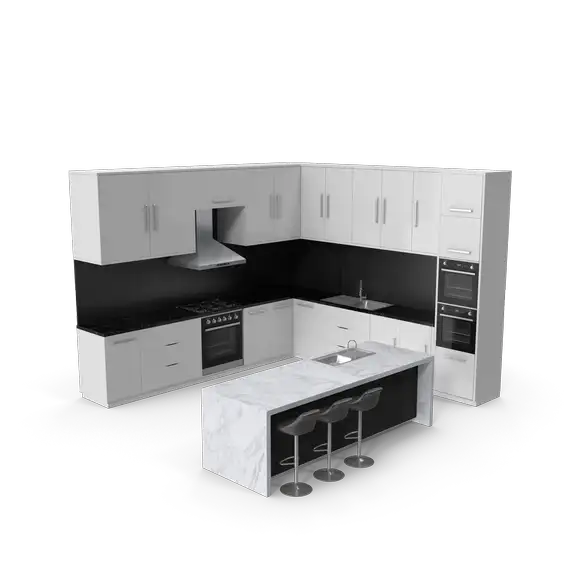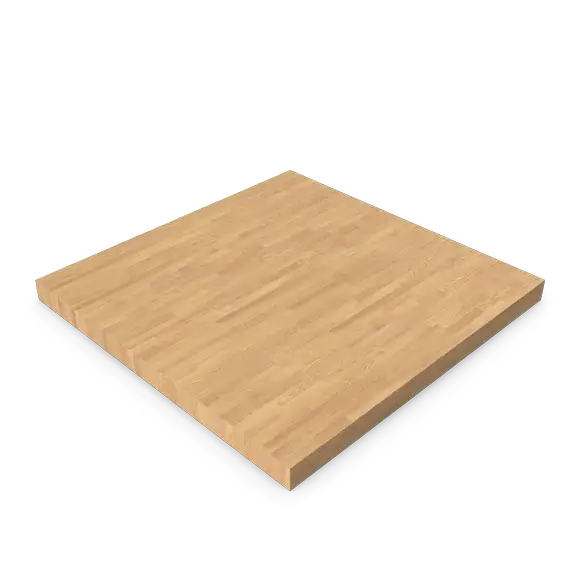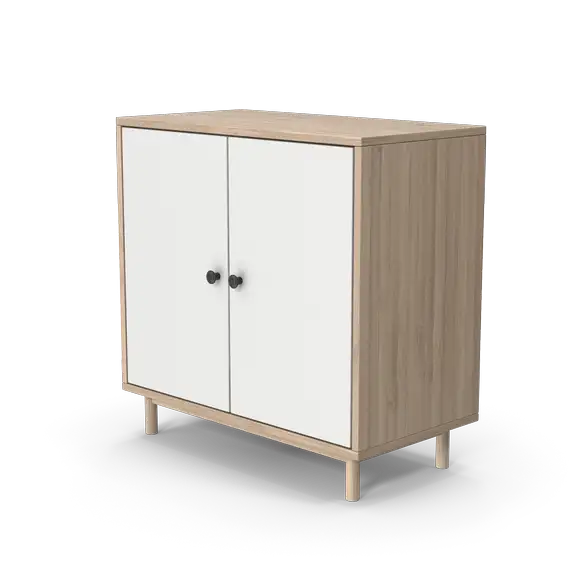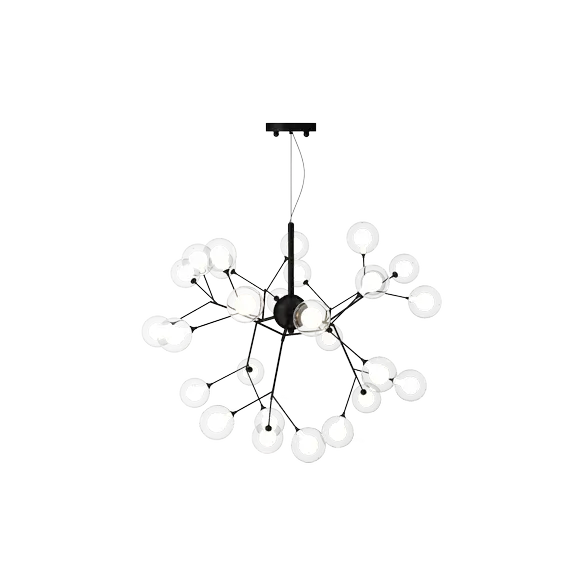What are Quiet Studs?
Quiet studs, also known as acoustic studs or soundproofing studs, are specialized metal studs designed to minimize sound transmission through walls. These studs are typically used in the construction of walls in environments where sound reduction is crucial, such as in home theaters, recording studios, and between residential units.
Characteristics of Quiet Studs
Quiet studs are made from heavy gauge steel and are designed with a unique profile that disrupts sound waves as they pass through a wall. The design often includes features like:
- Decoupled Design: The studs may feature a double layer or staggered construction that helps to break the path of sound, making it harder for noise to travel through walls.
- Damping Materials: Some quiet studs are manufactured with integrated damping materials that absorb sound, further enhancing their soundproofing capabilities.
Benefits of Using Quiet Studs
- Superior Sound Insulation: Quiet studs significantly reduce the transmission of airborne noise and impact sounds between rooms.
- Enhanced Privacy: They are ideal for residential buildings, hospitals, and office spaces where privacy is a priority.
- Compliance with Building Codes: Using quiet studs can help meet or exceed stringent building codes and standards related to sound transmission.
Applications of Quiet Studs
- Home Theaters: To ensure that sound from high-quality audio systems is contained within the room and does not disturb other areas of the house.
- Recording Studios: To prevent external noise from contaminating recordings and to contain sound within the studio.
- Hotels and Apartment Buildings: To improve the quality of life for occupants by reducing the noise transmission between rooms and units.
Installation Tips
- Wall Configuration: Quiet studs are most effective when used as part of a double-wall construction or with additional soundproofing materials such as resilient channels or mass-loaded vinyl.
- Sealing Gaps: Ensure that all gaps and joints in the wall assembly are tightly sealed with acoustic sealants to prevent sound leaks.
- Combining Materials: For optimal soundproofing, combine quiet studs with other acoustic materials like special drywall, soundproofing foam, or fiberglass batt insulation.
Challenges and Considerations
- Cost: Quiet studs can be more expensive than regular metal studs due to their specialized design and materials.
- Weight: The heavy gauge steel and additional materials can add significant weight to wall assemblies, requiring careful handling and installation.
- Compatibility: Ensure that the selected quiet studs are compatible with other components of the wall assembly, including the type of drywall and insulation used.









